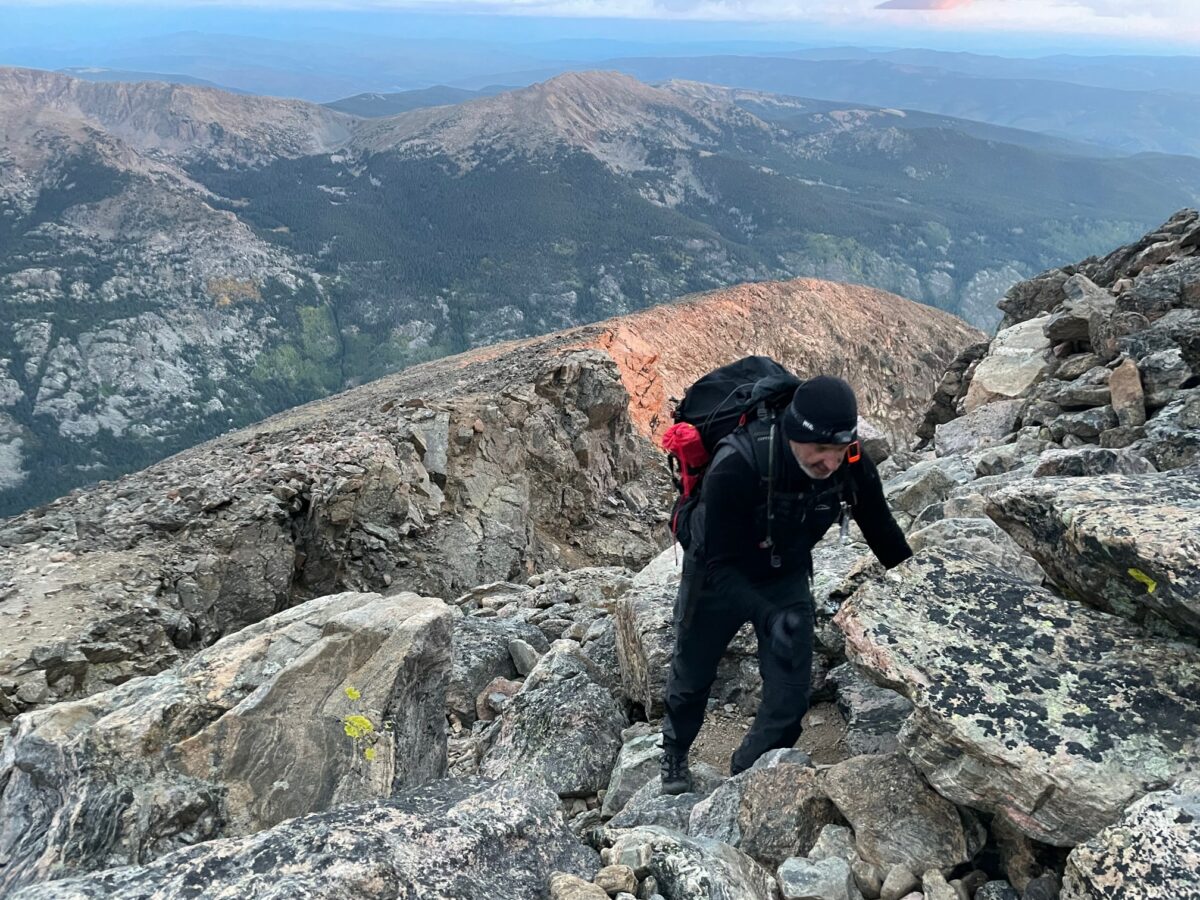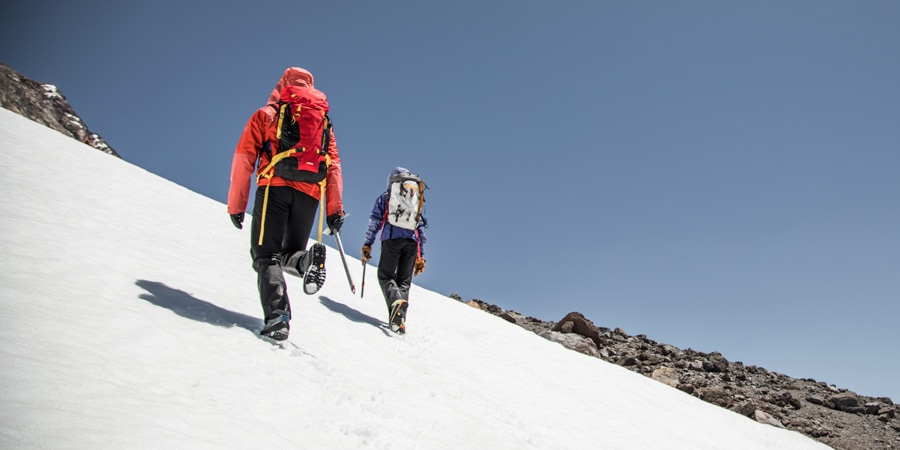How to Train for a Mountain Climbing Trip
Mountain climbing offers a profound blend of exhilaration and challenge, requiring both physical and mental resilience to navigate the peaks and trails ahead. Preparing for a climbing adventure calls for a dedicated approach to fitness, skill-building, and mindset preparation. Whether aiming to conquer a moderate ascent or a major alpine climb, strategic preparation can make the difference between a rewarding experience and an arduous one.
This guide provides insight into the training essentials to tackle a mountain climbing trip with confidence and preparedness.
Building Physical Endurance and Strength
Mountain climbing is an endurance-heavy activity that requires considerable stamina, strength, and cardiovascular fitness. Conditioning the body is paramount, as climbers often carry heavy gear, navigate steep slopes, and endure long hours in challenging terrain.
Cardiovascular Training
Aerobic conditioning, such as hiking, running, or cycling, is essential to develop the stamina necessary for mountain climbing. To mimic the demands of sustained effort at altitude, climbers should focus on long-distance cardiovascular workouts, including steady-state cardio and interval training.
Long, steady-state activities: These build endurance, replicating the demands of prolonged climbs. Start with hikes or runs lasting 45-60 minutes at a steady pace, gradually increasing duration.
High-Intensity Interval Training (HIIT): HIIT can improve cardiovascular capacity and prepare climbers for the strenuous efforts involved in steeper, high-intensity sections of the climb. Incorporate 20–30-minute sessions, alternating between high and moderate effort.
Leg and Core Strength
Strong legs and core stability are crucial for navigating rocky terrain, steep ascents, and long descents. Targeted leg exercises, such as squats, lunges, and step-ups, simulate climbing movements, building essential leg muscles.
Include exercises like weighted step-ups, lunges, and squats to strengthen quads, hamstrings, and glutes.
Add core exercises like planks and Russian twists to enhance balance and stability.
Incline and Stair Training: To best mimic mountain terrain, use incline workouts and stair climbing. Training on hills or staircases builds the specific leg strength and endurance needed to navigate steep inclines with minimal fatigue.
Add weighted packs to hikes or stair workouts to simulate carrying gear.
Gradually increase the weight and length of these sessions to ensure full-body readiness for the demands of a mountain ascent.
Developing Technical Skills and Climbing Techniques
In addition to physical strength, successful mountain climbing requires a solid grasp of technical climbing skills and an understanding of essential equipment. Familiarity with these aspects can increase both safety and efficiency on challenging climbs.
Rope Skills and Knot Knowledge
Ropework is crucial for many climbing routes, especially on rugged or exposed terrain. Practice essential knots, such as figure-eight and clove hitch, and practice belaying techniques. These skills help maintain secure connections to the mountain, reducing the risk of falls.
Learning rope handling and safety procedures is often best done with a climbing instructor or at an indoor climbing gym where proper technique can be observed and corrected.
Understanding Equipment Use
Proficiency with climbing gear, including harnesses, carabiners, helmets, and ascenders, is essential. Each piece of equipment has specific uses and limitations, and familiarity can help prevent mishaps.
Consider spending time with experienced climbers or in a structured climbing course to learn best practices for using and maintaining equipment.
Practice setting up and breaking down anchor systems to enhance versatility on different types of rock faces.
Scrambling and Route-Finding Skills
Mountain routes often require “scrambling,” a technique that combines hiking with hand-assisted climbing over rock. Scrambling skills, along with the ability to assess and choose safe routes, can be honed by practicing on smaller, rocky hills before attempting larger climbs.
Try to explore local trails with a variety of rock features to improve your route-finding abilities and overall agility on uneven surfaces.
Acclimatization and Altitude Preparation
Altitude presents a significant physical challenge on most mountain climbs. Even for experienced athletes, training to perform well at high elevations involves careful preparation to ensure safety and stamina.
Altitude Acclimatization
High altitudes reduce oxygen levels, leading to symptoms like fatigue, headaches, and nausea. To prepare for this, climbers should include high-altitude acclimatization hikes during their training if possible. Spending time in higher-altitude areas, even on short hikes or visits, helps the body adjust gradually.
For those living at sea level, consider arriving a few days early at the location of the climb to give your body time to adjust.
Simulated High-Altitude Training
High-altitude simulation masks or hypoxic training systems can also help mimic lower oxygen levels, although the effectiveness of these tools varies.
Use these tools sparingly, as they are most effective when combined with regular cardio and strength training.
Increase the intensity or duration of hypoxic training gradually, paying attention to signs of fatigue or breathlessness.
Hydration and Nutrition: Staying hydrated is crucial at altitude, where dehydration can accelerate altitude sickness symptoms. Training to maintain hydration and a high-energy diet helps sustain energy levels during the climb.
Increase water intake during training hikes, and consider supplementing with electrolytes, especially in hotter climates.
Practice consuming high-calorie snacks while on the move to determine what types of food sit well with you during physically demanding activities.
Mental Preparation and Psychological Resilience
Mountain climbing is as much a mental challenge as it is a physical one. Long hours of exertion, challenging weather, and unpredictable terrain require mental toughness and resilience. Mental preparation can make a significant difference in handling tough situations and adapting to changing conditions.
Mindfulness and Focus Training: Maintaining focus is critical, especially when fatigue sets in or conditions become challenging. Practicing mindfulness techniques, such as meditation or breathing exercises, can help improve focus and emotional regulation.
Start with short, daily sessions of mindfulness or breathing exercises to enhance self-awareness and calm in stressful situations.
Simulate Conditions During Training: Training in uncomfortable or challenging weather conditions, such as rain or wind, can prepare you mentally for unpredictable mountain weather.
Practice in varying terrains to become comfortable with diverse and unexpected elements, building resilience and adaptability.
Visualization Techniques: Visualization can help climbers mentally prepare for difficult sections of the climb. Visualizing specific parts of the route, or how to overcome physical and mental hurdles, can boost confidence and readiness.
Imagine key aspects of the climb, including difficult portions, rest points, and reaching the summit. This mental rehearsal can improve motivation and help keep focus on the ultimate goal.
Conclusion
Training for a mountain climbing trip requires a holistic approach that includes physical endurance, technical skill, altitude preparation, and mental fortitude. A consistent, well-rounded training plan not only builds the necessary physical capabilities but also equips climbers with the skills, equipment knowledge, and resilience needed for a successful ascent. By committing to both physical and psychological preparation, climbers can approach their adventure with confidence and a readiness to embrace the unique challenges of the mountain environment.
Sources
- American Alpine Institute. (n.d.). "Altitude Sickness Prevention."
- REI Co-op. (2023). "Mountain Climbing Gear and Training."
- SummitClimb. (n.d.). "Mountain Climbing Preparation Guide."
- The Climbing Academy. (n.d.). "Fundamentals of Rope Work for Climbers."
- Mountaineers. (2021). "How to Train for High-Altitude Climbing."
- Mayo Clinic. (n.d.). "Altitude Sickness."
- International Mountaineering and Climbing Federation. (2023). "Safety in Mountain Climbing."
- Adventure Consultants. (2022). "Preparation for a Mountain Climb."
- Outdoor Research. (2023). "How to Train for Mountaineering."
- National Park Service. (2022). "Safety and Preparation for Mountain Climbs."













































